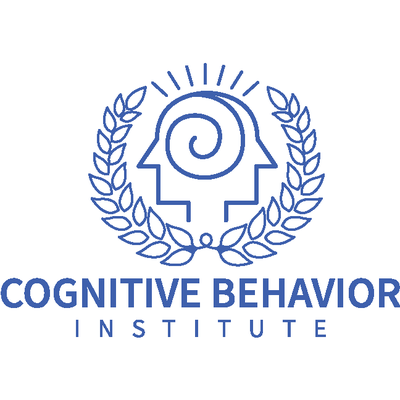Attention Deficit Hyperactivity Disorder (ADHD) in Adults
There is a common misconception that, when a child is diagnosed with ADHD, he or she will “grow out” of the diagnosis once he or she becomes an adult. While research has shown that by age 27, two-thirds of children no longer meet the criteria for ADHD (American Psychiatric Association, 2013), there is still one-third who do (Barbaresi et al. 2013). Additional research has indicated that 2% of adults meet the aforementioned criteria for an ADHD diagnosis; with a male-to-female ratio of 1.6 to 1 in adulthood (American Psychiatric Association, 2013). Some of these individuals may have been diagnosed as children; however, there is a growing number of adults being diagnosed, sometimes even into their 50s and 60s.
There are other persistent myths about ADHD that further stigmatize the diagnosis and may prevent people from seeking treatment. Some of these blame bad parenting or simple laziness as the cause of symptoms; others go as far as to claim ADHD isn’t a real diagnosis at all. However, research has shed some light on what’s really happening. ADHD has been found to be linked to temperamental and genetic factors, i.e. passed down from parent to child and so on in a family line. In fact, a child whose parent has ADHD is up to 57% more likely to also have the disorder. A sibling with ADHD gives a child up to a 32% chance, and having a twin with the diagnosis produces a 70-80% chance of also having ADHD (Barkely, 2015). Researchers believe there may also be a neurological component involving the chemical dopamine, pregnancy and/or birth complications, brain damage, toxins, and/or exposure to infections (Frye & Silver, 2017). Brain scans of individuals with ADHD show that there are actual differences in the way the brain develops. Given this information, it is evident that ADHD is a valid disorder that many children and adults face each day.
Why is this important? In a study of ADHD occupational outcomes between the ages of 23 and 32, some concerning information came to light. Individuals were found to be 11 times more likely to be unemployed and not attending school (Kuriyan et al., 2013). They were 61% more likely to be fired, and 53% more likely to quit a job because they didn’t like it. These adults with ADHD were also earning, on average, $2 less in wages than their “neurotypical” peers (Kessler et al. 2006). Overall, they accounted for about $200-$6700 per person, per year in lost productivity, depending on severity. And, at a time when concern for the cost of healthcare is at an all-time high, it has been found that adults with ADHD under retirement age incur about $140-$4100 per person, per year, more in healthcare costs. Those diagnosed with ADHD have a higher risk for physical health issues, which could be attributed, at least in part, to the fact that they are less likely to take preventative care. Based on this, not only is there a personal effect as a result of ADHD, but the community and economic ones, as well.
If you are concerned that you or a loved one may have ADHD and would like to speak to someone about an evaluation, please call us at 724-609-5002.
Written by: Ashley Zajacs, LCSW, Cognitive Behavior Institute
Citations:
Barbaresi, William J. et al. (2013). Mortality, ADHD, and psychosocial adversity in adults with childhood ADHD: a prospective study. Pediatrics 131(4):637-644
Barkley, Russell A. (2015). Etiologies of ADHD. In R. A. Barkley (Ed.), Attention-Deficit Hyperactivity Disorder: A Handbook for Diagnosis and Treatment, 4th ed. (pp. 356–390). New York, NY: Guilford Press.
Frye, D., & Silver, L., M.D. (2017, April 24). Is ADHD Hereditary? Yes and No. Retrieved May 11, 2017, from https://www.additudemag.com/is-adhd-hereditary-yes-and-no/(opens in a new tab)
Kuriyan, Aparajita B. et al. (January 2013). Young Adult Educational and Vocational Outcomes of Children Diagnosed with ADHD. Journal of Abnormal Child Psychology 41(1):27–41.
Ronald C. Kessler et al. (April 2006). The Prevalence and Correlates of Adult ADHD in the United States: Results From the National Comorbidity Survey Replication, American Journal of Psychiatry 163(5):71.

